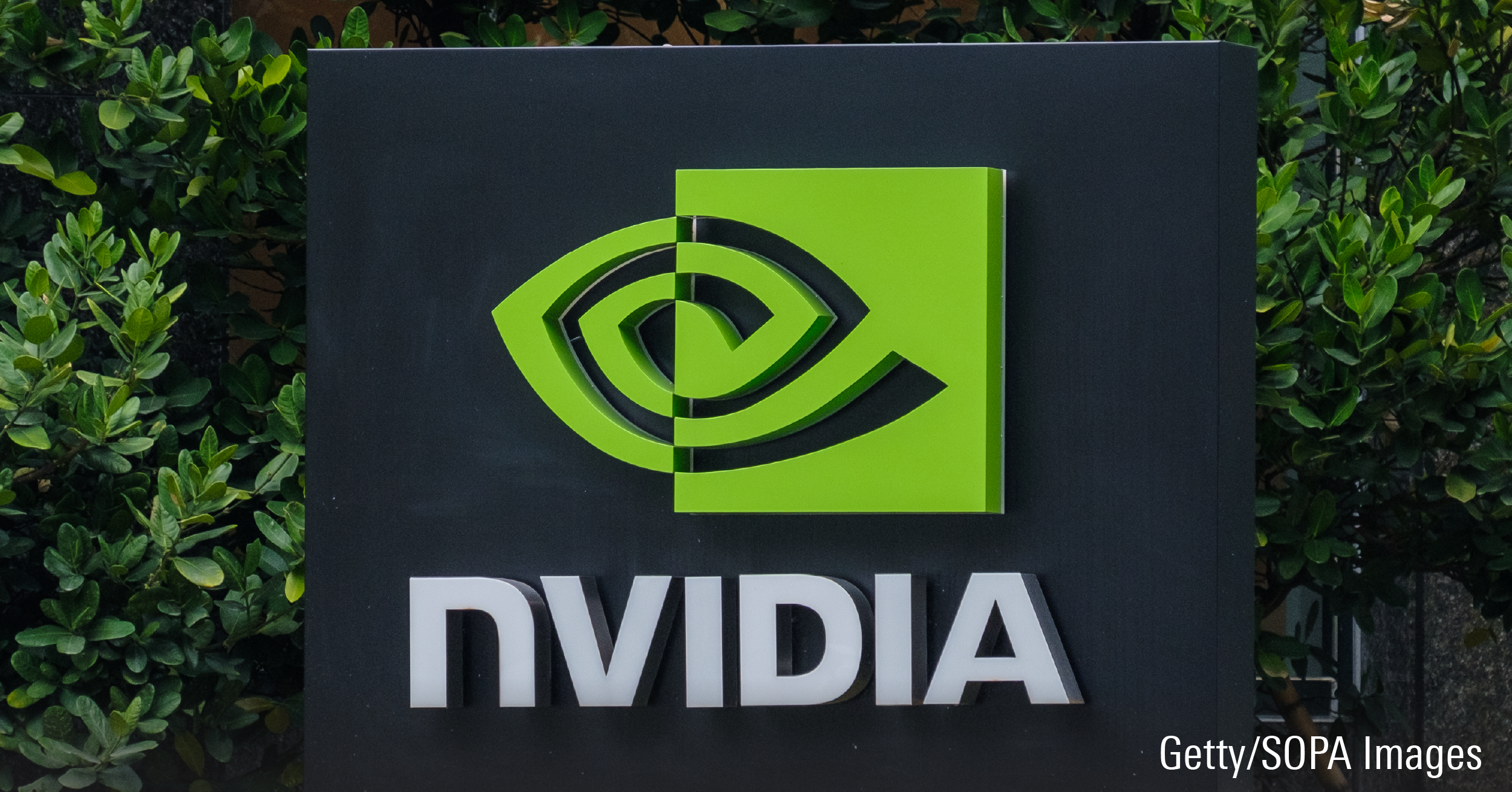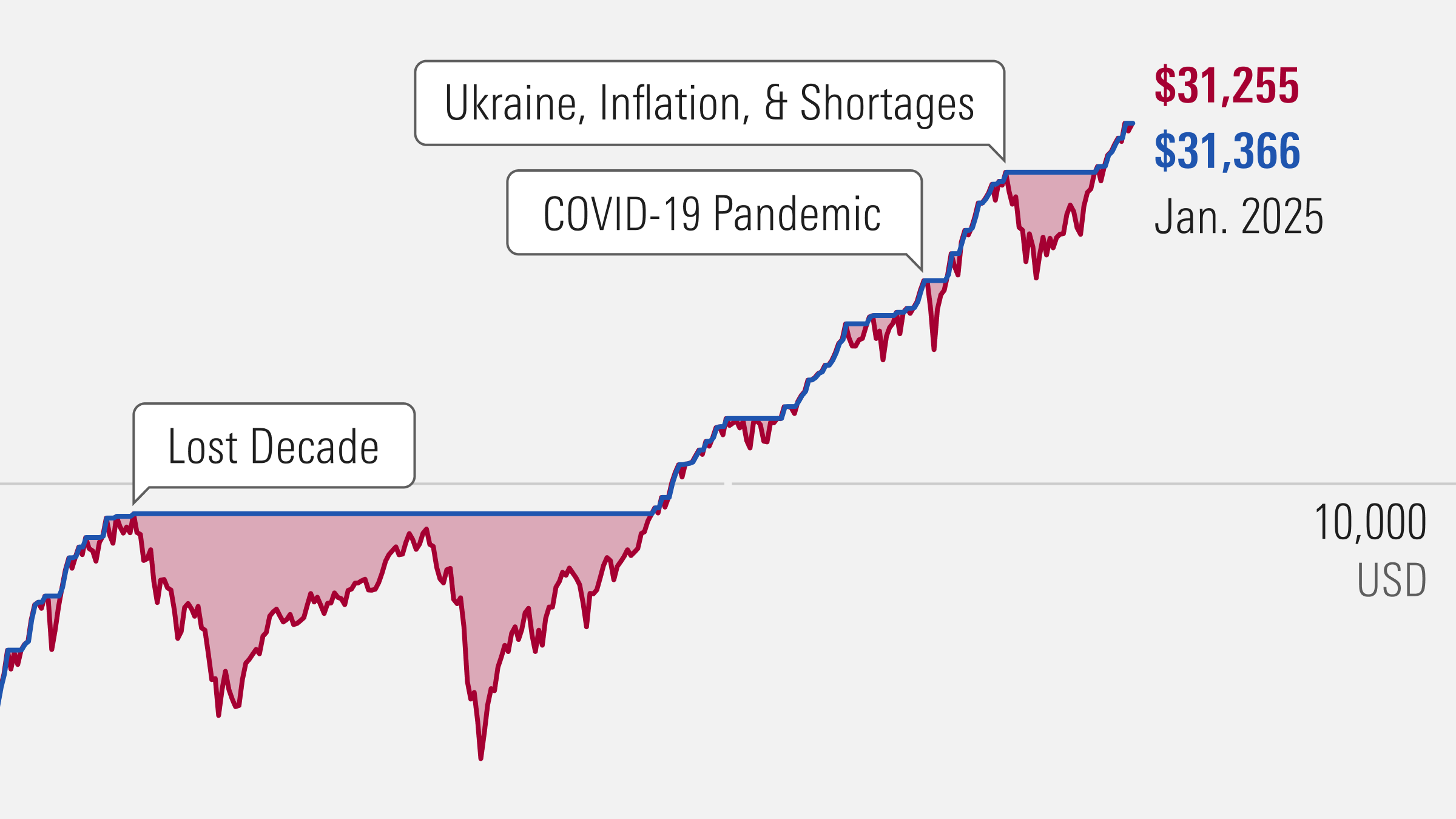Christine Benz: Hi, I'm Christine Benz for Morningstar.com. Bond-fund investors enjoyed a solid first quarter as worries about rate hikes eased. Joining me to provide a recap of the first quarter in bond mutual fund performance is Sarah Bush. She is Morningstar's director of fixed-income strategies in Morningstar's manager research group.
Sarah, thank you so much for being here.
Sarah Bush: Thanks for having me.
Benz: Sarah, let's talk about the first quarter. I noted that it did seem like investors kind of breathed a sigh of relief about further rate increases. Was that the main thing stoking strength in the bond market in the first quarter?
Bush: So, what was really interesting about the first quarter is that we saw strength in the high-yield market and credit markets at the same time that we saw a rate rally. So just kind of taking those two separately, the Fed was definitely a big part of that story. So, high-yield and credit markets, which had done bad in the fourth quarter of 2018, you start getting a little bit more of a dovish stance coming out of the Fed at the beginning of the year and you have the high-yield markets and credit markets really take off in the first couple of months. And then, with the news in March even more of a dovish stance coming out of the Fed with some skepticism about whether we'll see any rate hikes in the near future, then you really see the Treasury market take off and you saw a big rally in 10-year Treasury yields ...
Benz: Long-term bonds.
Bush: Long-term bonds. And that's kind of unusual because often you see those two markets, the credit risk markets and the long-term high-quality bond yields, they don't always move together.
Benz: So, it was almost like no matter where you went in bond-land, you did all right. Let's talk about some of the best-performing categories. You hinted at high-yield being a pocket of strength. Any other areas?
Bush: Absolutely. So, anything that was in that credit risk bucket, so convertibles, which sort of sit on the cusp of bonds and equities, did very well. High-yield bonds did very well. Emerging markets had a pretty good quarter. And then turning over, you saw long bonds do quite well because of that rally that we saw in the Treasury market, and a lot of that was kind of coming more in March than earlier in the period.
Benz: So, there weren't really any truly bad spots. The shorter-term more-conservative funds didn't perform as well, but that's about what you would expect in kind of a risk-on environment, right?
Bush: Exactly. You do the sort of the categories for the quarter returns, and at the bottom you see ultrashort bond and short government, and they are still very much in positive territory. Nobody is losing money; they just didn't run up as much.
Benz: So, let's talk about what you are hearing, what you and the team are hearing. You talk to a lot of bond-fund managers. It's been a great quarter. Are there any areas where investors, where fund managers are feeling notably worried about the bond market given that we have had such a strong rally in some of these areas?
Bush: Absolutely. So, I think that there is not a huge amount of worry out there broadly. Some people use that Goldilocks term. If we have sort of steady growth for bonds, it's good to have steady growth and low inflation and not a lot of concerns about rates. The one thing that you are hearing, and we certainly were hearing this last year as well is just we are getting very late in this credit cycle. You certainly then start paying attention to what are some of the areas of the market where there may have been a lot of issuance or maybe standards are getting lowered. So, people are paying attention to their high-yield allocations. Bank loans, the bank-loan market has really just exploded. There's been a lot of news about the so-called covenant-lite issuance, which just means there's fewer restrictions on borrowers in that market. And so, that's a market that you hear some people with some skepticism about.
The other sort of theme on the credit side is we've seen a really big explosion of BBB issuance. So, those are still investment-grade, but they are kind of at the bottom of that investment-grade tiering. And there's been a lot of issuance there and we've seen leverage rates go up in that part of the market. So, the concern there is maybe less that a lot of those companies go bankrupt, but if they do get downgraded to below-investment-grade, so they just have to come down a little bit into B and that kind of junk-bond market, that could be a challenge. There are some investors who can't buy or hold below-investment-grade debt, and just all that debt coming into the junk-bond market could be a challenge.
Benz: And that's an issue for investors. Even if they don't hold a high-yield fund, that stuff can show up in your high-quality, say, intermediate-term bond fund, right?
Bush: Exactly. You might have some high-yield, but you could also, even in a pure high-quality fund where they are not holding junk bonds, you can see a lot of BBBs. And there's a lot of BBBs, say, in an index fund, which is the broad market type, Vanguard Total Bond Market Index. Those do have a big chunk of BBBs just because they become a bigger part of the overall market.
Benz: So, let's talk about something that's been very much top of mind for engaged investors: this idea of the yield-curve inversion. First, let's talk about what that is, and let's talk about why people have been so focused on it--they think that it could actually be a precursor to some sort of an economic weakening or a recession?
Bush: So, basically, yield curve is a fancy way of saying if you look at the yields on maturities going out from very, very short debt out to the 30-year bond, what does that look like? And in a normal environment, what you are going to see is that you get paid more yield as you go out into longer-maturity bonds. You know, there's uncertainty about what's going to happen with rates and investors demand more yield in most environments. What we've seen more recently is an inversion of parts of the curve where longer-term bonds are actually yielding a little bit less than some of the shorter-term bonds.
Benz: So, demand is there.
Bush: Demand is there, yes. So, it's actually a little crooked but you do have that inversion where instead of seeing that upward slope as you go out, maturity is coming down a little bit. So, why that is of such interest is that the inversion of the yield curve has done a good job of predicting the past few recessions. So, then the question becomes: Is this a sign that we are not in a Goldilocks economy, we are actually moving towards something where people are worried about economic growth?
And I think what we've heard is mixed. First of all, although it's been a very good signal, we have a relatively limited sample size and the economy has changed a lot over the last 50 years. So, that's one thing to consider. The other is that some people do argue that we are more in this Goldilocks economy--that things could keep going fairly well. Even when the yield curve has done a good job of predicting a recession, sometimes there's a lag, quite a significant lag, between when the yield curve inverts and when we get the recession. So, I'm not hearing a lot of panic. As I mentioned earlier, you do have people thinking, "OK, we are in the later stages of this economic expansion. So, you want to pay attention to what kind of risk you are taking." But in terms of people being worried that very quickly we are going to be moving into a recession, we are not hearing a lot of that from managers.
Benz: But from a practical standpoint, if I'm a bond investor, there are implications in terms of the yields that I earn by being in short-term bonds. You and the team have looked at this--and I know Miriam Sjoblom, our colleague, has looked at that short-term category--and said at certain points in time, maybe right now, it's an opportunity for short-term investors.
Bush: So, usually, the reason that you would hold longer-term bonds is because you are paid more yield to take--there's more interest-rate risk. And today, you are getting pretty good yield comparatively in short-term bonds. So, I think that's something that can present an opportunity. We certainly hear that from some managers. BlackRock, for example, is finding opportunity in income at the short end of the curve, and that's been an opportunity for them. So, I think that's something to think about for investors. You don't necessarily need to go out into a longer-term bond fund to get reasonably good yield opportunities.
The other thing, though, is--just to go back to the uncertainty about the yield curve--nobody is very good at predicting where these things are going. Even professional investors kind of struggle to tell you what's going to happen in the next six months, economists. So, it really is a situation where you should look at the risks in your portfolio, understand what's there, understand how you are likely to react if various parts of your portfolio underperform. But really, once you are comfortable with that, I don't think investors need to go out and be making big changes to their portfolio because of a signal like this.
Benz: Sarah, super helpful recap. Thank you so much for being here.
Bush: Thanks very much for having me.
Benz: Thanks for watching. I'm Christine Benz for Morningstar.com.






















